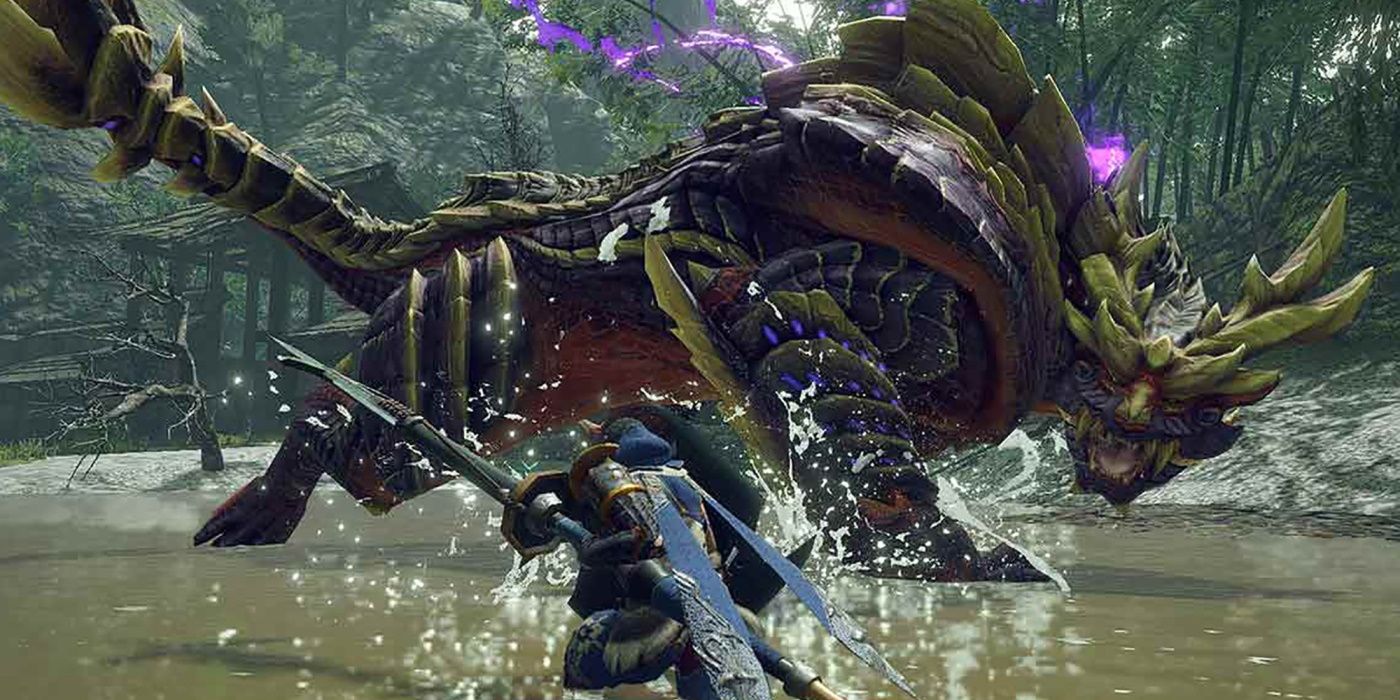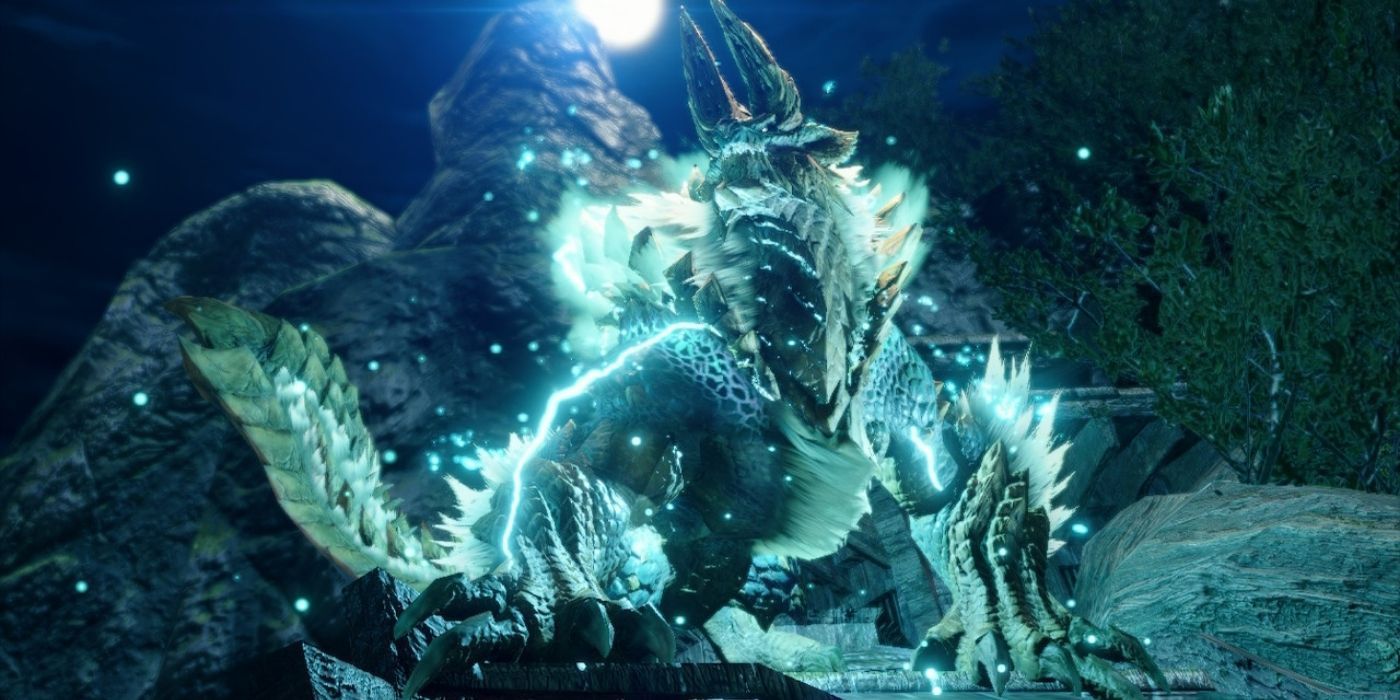
Monster Hunter Rise has enjoyed a wealth of success since its release in March this year. Monster Hunter Rise's recent 3.0 update added even more content for players to get stuck into and brand new monsters to hunt, and even this month's smaller 3.1 patch had fans plenty excited. The road to the beloved game's release wasn't without its bumps, though, according to a recent interview with the director of Monster Hunter Rise.
Speaking to Nintendo Life this week, Yasunori Ichinose, who directed the game's development, detailed the challenges and pitfalls of the technical side of the development process. The main obstacle, naturally, was getting the game, running in Capcom's proprietary RE Engine, to play nicely with the Nintendo Switch. Without the substantial technical firepower of its competitors, Ichinose and his team found it tricky, but ultimately rewarding, to optimize the game for Nintendo's hybrid console.
RELATED: Monster Hunter Rise Adding New Downloadable Event Quests and Rewards
"The initial performance was quite severe," he told Nintendo Life, "and major optimization was a must." They were determined to bring Monster Hunter Rise to the Switch, though, and so through myriad clever optimization tricks, including tweaking shadows, applying occlusion culling and replacing various graphical elements with lighter-weight and less memory-intensive alternatives, the team was able to achieve their goal.

When asked which graphical tricks he was most proud of, Ichinose deftly replied that he and the team were "proud of them all equally," but highlighted a few specific ones that came to mind. He revealed, for example, that while "no texture streaming is done during the game," they set it to get done during cutscenes instead. As a result, not only did memory usage drop during gameplay segments, it gave Monster Hunter Rise's NPCs nice high-res textures and "[made] the cutscenes look even better." He also flagged up things like reflections in water, where they decided that adding a little extra to the processing load was worth it in order to "make it look realistic and beautiful."
The results, of course, speak for themselves. Though reviewers have noted that Rise might not have the same visual fidelity as its predecessor, most seem to agree that the game still looks great and runs impressively well on the relatively underpowered Switch. A huge part of that is down to the work Ichinose and his team put in to optimize the game and make sure the experience was a visually-impressive and memorable one for all its players. As the director himself put it: "Optimization was very difficult, but it was also challenging and rewarding...I'm happy that we were able to create something that people will think is impressive that it runs at this quality on the Nintendo Switch."
Monster Hunter Rise is available now on the Nintendo Switch with a PC port expected to launch in early 2022.
MORE: Monster Hunter Stories 2's Biggest Feature May Give It An Advantage Over MH Rise
Source: Nintendo Life

